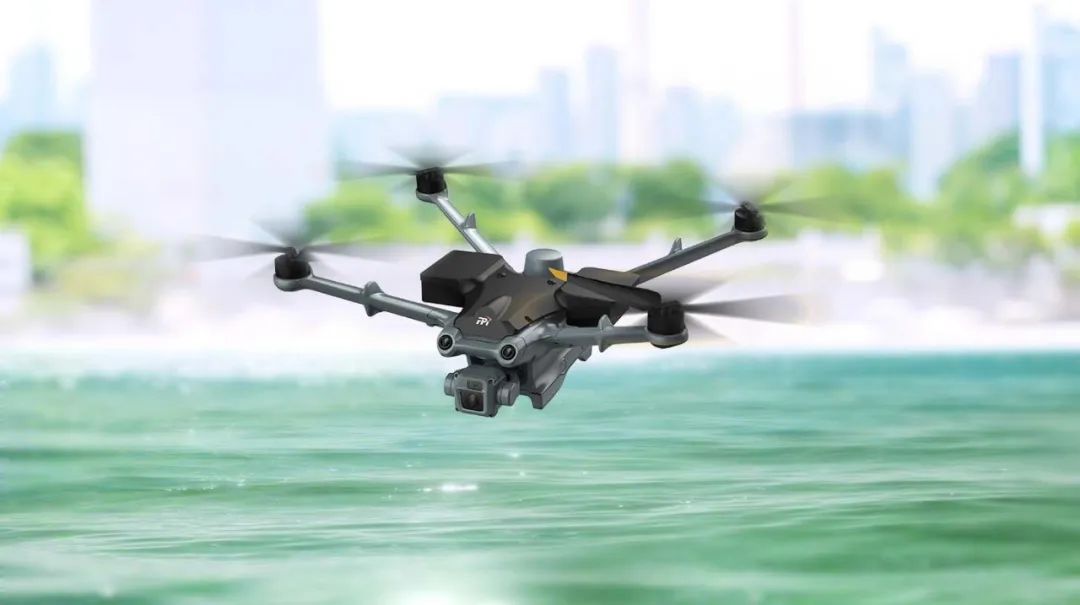FPV, or First Person View, drone goggles are designed to provide real-time streaming from the drone’s camera directly to the user’s eyes. This technology enables pilots to see exactly what their drones see, creating a vivid and adrenaline-pumping experience. Some of the latest advancements include improved resolution, wider field of view, and enhanced comfort, making extended use feasible.
Enhanced Resolution for Clearer Views
The clarity of drone footage is crucial for any pilot seeking precision and control. Recent FPV goggles offer HD resolutions, ensuring that users receive sharp and detailed visuals of the terrain they are flying over. High-resolution goggles do not only improve the quality of the imagery but also enhance the effectiveness of the pilot’s maneuverability, providing better context and clearer understanding of surroundings.
In addition to high-definition displays, modern FPV goggles come equipped with OLED screens, which are known for their richer colors and deep blacks. This upgrade is particularly beneficial for pilots flying in varied lighting conditions, such as dusk or dawn, where color differentiation might be critical.
Expansive Field of View
Another remarkable feature in the latest FPV drone goggles is an expansive field of view (FOV). The wider the FOV, the more encompassing the drone’s visual environment becomes. This not only aids in providing more situational awareness but also enhances the immersive experience, making the user feel as if they are soaring through the skies themselves.
Comfort Redefined
Comfort is another critical factor for FPV drone goggles, particularly during prolonged flying sessions or competitive events. Manufacturers have begun using lighter materials, ergonomic designs, and cushioned faceplates to ensure that these goggles sit well without causing undue pressure or discomfort.
Advanced ventilation systems have been integrated to prevent fogging, which is an essential feature for maintaining optimal visibility at all times. Many models now also boast adjustable headbands and customizable fittings, catering to various head sizes for a more personalized fit.
Additionally, some brands are introducing modular designs that allow users to swap components, customize their goggles, and enjoy a tailored flying experience.
Connectivity and Integration
Modern FPV drone goggles also feature improved connectivity options, allowing seamless integration with various devices. Many goggles support HDMI input, Wi-Fi, and allow interfacing with smartphones or tablets. This flexibility means pilots can update and tweak settings from a connected device and even stream their flights to social media platforms in real-time.
Moreover, some manufacturers offer apps that can be synchronized with the goggles for setting adjustments, firmware updates, and flight tracking. Such advancements empower users with more control and personalization options.
Retrospective Thoughts
With these advancements, FPV drone goggles are not only pushing the boundaries of technology but are also carving out new opportunities for aerial exploration and engagement. As the industry moves forward, we can expect further enhancements in display technology, battery life, and inter-device connectivity.
For anyone serious about drone flying, investing in high-quality FPV drone goggles can make a significant difference in the flight experience. The improvements in coherence, accessibility, and comfort are setting a new standard, making drone piloting accessible and enjoyable to a broader audience.
Frequently Asked Questions
Q: Are FPV drone goggles compatible with all drones?
A: While most FPV goggles are designed to be compatible with a variety of drones, it’s crucial to check the specific model requirements to ensure compatibility.

Q: Can FPV goggles be used in low-light conditions?
A: Yes, many goggles now come equipped with OLED screens and adjustable settings that enhance visibility in various lighting conditions.
Q: Is it legal to use FPV goggles in public spaces?
A: FPV goggles usage depends on local regulations. It’s important to adhere to the guidelines set by local aviation authorities regarding drone usage in public spaces.